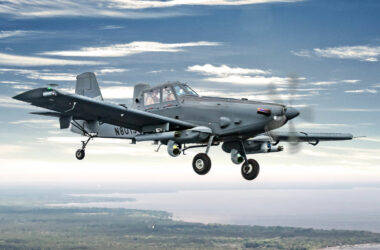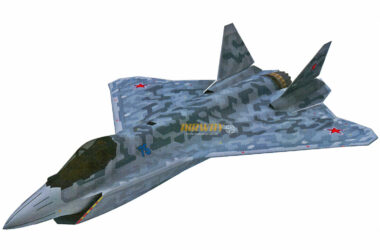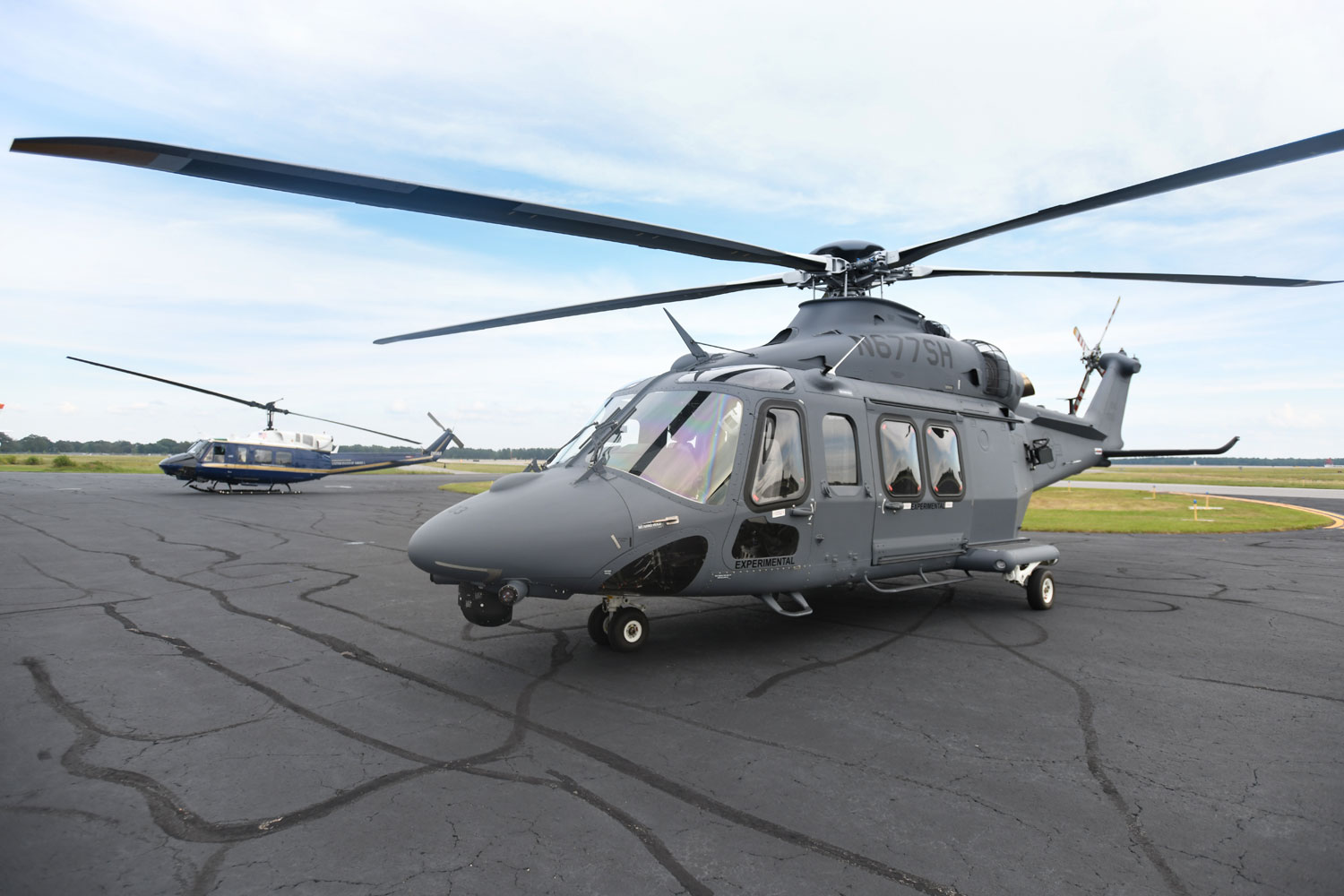A World War II Supermarine Spitfire fighter crashed near Coningsby Air Force Base, England, on Saturday. The pilot did not survive.
The aircraft registration MK356 belonged to the Battle of Britain Memorial Flight, a history preservation division of the Royal Air Force, which had six Spitfires, two Hurricanes, a Lancaster bomber, a C-47 Dakota and two Chipmunks.
The RAF later revealed the name of the pilot, Squadron Leader Mark Long, who flew Typhoon fighters at Coninsgby. A statement from the air wing commander, Captain Robbie Lees, stated that the causes of the accident will be investigated, but that there will be no statement until the investigation is complete.

Follow Air Data News: WhatsApp | Google News | Instagram | LinkedIn | Twitter | Facebook
There were no clear reports of the accident, but it is believed that the Spitfire suffered a mechanical failure shortly after takeoff.
The aircraft crashed in a field near the air base. Images show the wreckage of the fighter, one of the most famous of the Second World War.
A tragic accident involving a much loved member of @RAFBBMF as a WWII Spitfire crashes near RAF Coningsby.@KensingtonRoyal and political leaders including Prime Minister @RishiSunak and @Keir_Starmer lead tributes to pilot
I’ll have full story on @BBCNews at Ten #BBCNewsTen pic.twitter.com/KtZyEnxodv
— Phillip Norton (@phillipnorton) May 25, 2024
The accident occurs days before the commemorations of the 80th anniversary of D-Day, when Allied forces landed in Normandy (France) on June 6, 1944 to expel Nazi Germany from western Europe.
Coningsby Air Force Base is located in Lincolnshire, in the East Midlands and hosted bomber squadrons in the Second World War. The RAF currently operates Eurofighter Typhoon fighters.
There are dozens of WWII aircraft preserved in flying condition in the UK. You can even have an experience aboard a Spitfire, like at Duxford Museum, where a flight costs almost 3,000 pounds ($3,767).

Learn more about the Supermarine Spitfire fighter
The Supermarine Spitfire is one of the most iconic fighter aircraft of the Second World War, widely recognized for its crucial role in the Battle of Britain. Designed by R. J. Mitchell, the Spitfire stood out for its elegant design and high performance.
Development and Design
– Designer: R. J. Mitchell, from Supermarine Aviation Works.
– First Flight: March 5, 1936.
– Entry into Service: 1938, with the Royal Air Force (RAF).
– Characteristics: Elliptical wings, which provided excellent maneuverability and aerodynamics.
Performance and Specifications
– Engine: Initially equipped with the Rolls-Royce Merlin engine. Later versions used the Rolls-Royce Griffon engine.
– Maximum Speed: Approximately 594 km/h in the first versions.
– Range: About 760 km.
– Armament: Varied between versions, but generally included 7.7 mm Browning machine guns and 20 mm Hispano cannons.

Role in World War II
– Battle of Britain: The Spitfire, along with the Hawker Hurricane, was crucial to the air defense of the United Kingdom in 1940. Although outnumbered by the Hurricanes, the Spitfires engaged German fighters, while the Hurricanes focused on bombers.
– Versatility: The Spitfire has been adapted for various roles beyond the air superiority fighter, including photographic reconnaissance, high-altitude interception and ground attack.
Production and Variants
– Total production: around 20,351 units between 1938 and 1948.
– Variants: More than 24 main variants, including the Spitfire Mk I, Mk V, Mk IX, and Mk XIV, each with incremental improvements in armament, engine, and flight capabilities.






